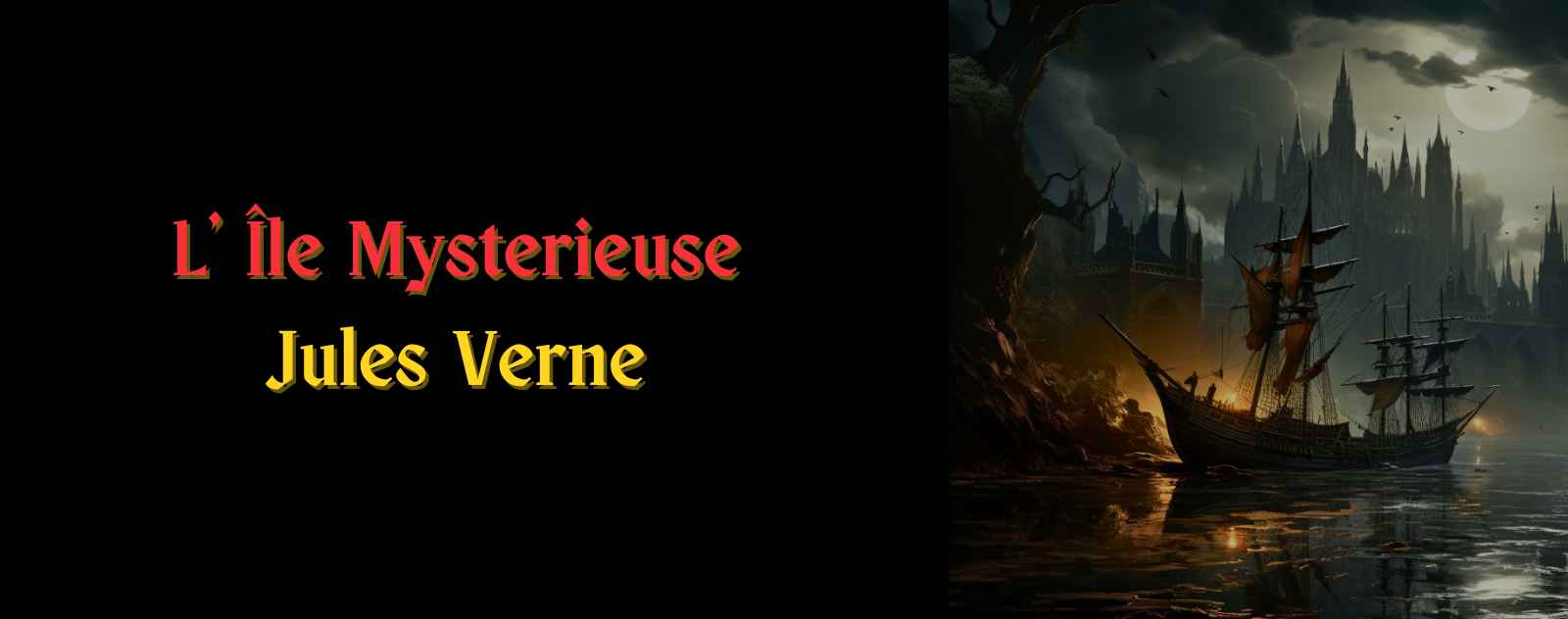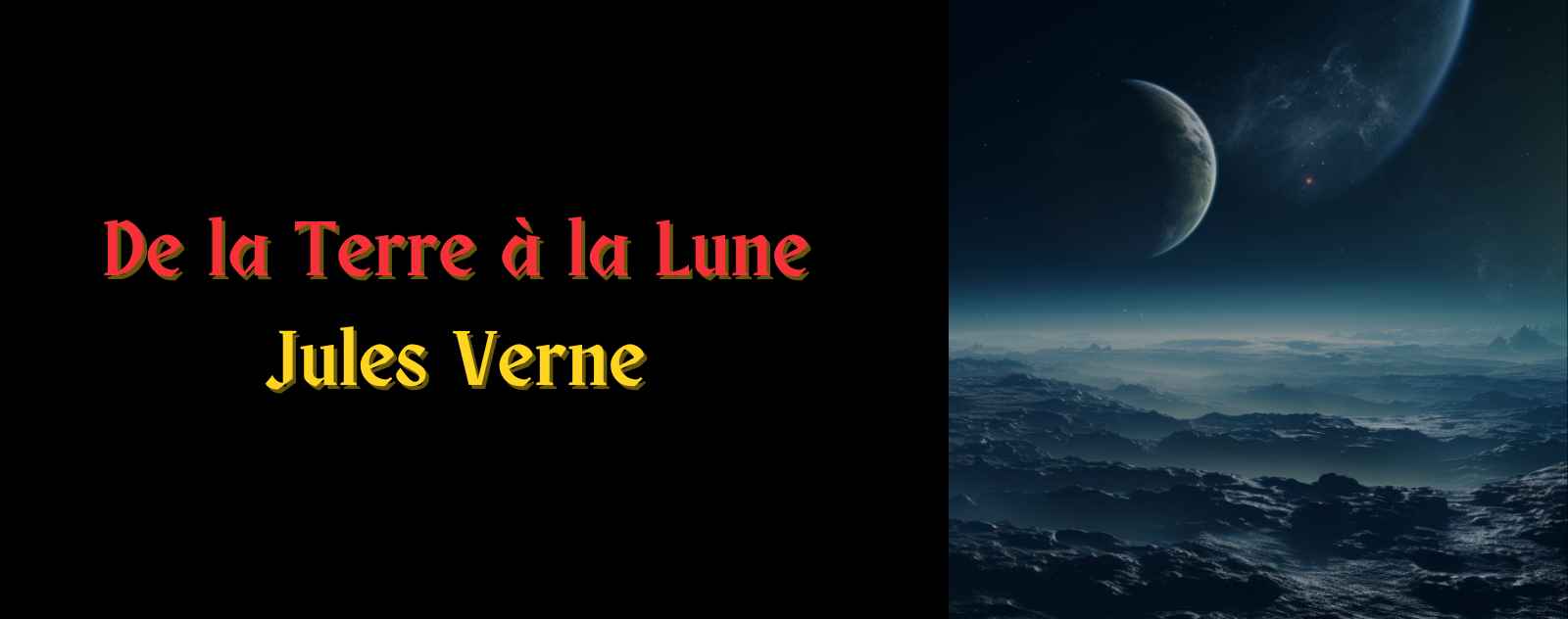
Are you fascinated by the cosmos and interstellar voyages? Have you ever dreamed of walking upon the lunar surface? If so, you have undoubtedly encountered the extraordinary novel "From Earth to the Moon" by Jules Verne. But what renders this literary work so exceptional, and why does it continue to captivate readers more than 150 years after its publication? Prepare for intellectual liftoff as we embark upon this extraordinary literary journey!
The Historical Context: A Canvas of Industrial Dreams
The novel "From Earth to the Moon" emerged in 1865, during a pivotal moment in human history, particularly in the United States where the conclusion of the Civil War marked a profound transformation in the American psyche. During this epoch, the concept of space travel existed solely within the realm of scientific speculation. Even the most learned scholars could only imagine what a journey from Earth to the Moon might entail.
This period also witnessed the apotheosis of the Industrial Revolution. Technological and scientific advances reached unprecedented heights, creating a cultural atmosphere of boundless possibility. Organizations like the Baltimore Gun Club, a central element of Verne's narrative, reflected the zeitgeist of enthusiasm and ambition that characterized this transformative era. Artillerists and inventors had become the intellectual celebrities of this rapidly evolving world.
Verne, with remarkable prescience, captured this spirit of innovation and enthusiasm within his literary apparatus. The novel functions not merely as a product of its temporal context but as a prophetic vision of humanity's future. It established the foundational paradigms for what science fiction might become, integrating elements of empirical science with pure imaginative speculation.
This historical context enriches our comprehension of the novel and allows us to better grasp why it has maintained such enduring impact, not only as a work of fiction but as a reflection of humanity's eternal aspiration for exploration and discovery.
Jules Verne: The Visionary Architect of Scientific Romance

Jules Gabriel Verne, born in 1828 in Nantes, France, stands as a towering figure in the literary pantheon, often regarded as the founding father of modern science fiction. This distinction represents not mere historical accident but the culmination of a lifetime dedicated to exploring the frontiers between scientific possibility and imaginative speculation. His familial and cultural environment profoundly nurtured his insatiable curiosity and boundless creativity.
Verne matured during an epoch when science and technology experienced unprecedented effervescence. His novels, including "From Earth to the Moon," reflect this passionate engagement with innovation and adventure. His characters—such as Impey Barbicane and Michel Ardan—frequently embody the archetypal figures of inventors, scientists, and explorers: individuals who persistently challenge the boundaries of the possible.
Journey to the Center of the Earth: Under Jules Verne's Pen
What truly distinguishes Verne, however, is his extraordinary capacity to synthesize scientific rigor with imaginative flights of fancy. His works transcend simple adventure narratives; they constitute profound explorations of science's possibilities and limitations. He succeeded in creating literary universes where science fiction becomes nearly indistinguishable from empirical science—realms where the desire for discovery exerts a gravitational pull as powerful as the Moon itself.
In "From Earth to the Moon," Verne doesn't merely recount an adventure; he poses penetrating questions about science, technology, and the human condition. He addresses complex problems including Earth-Moon communication, voyage duration, and even the ethical implications of launching humans into the cosmic void.
The Novel's Synopsis: A Symphony of Scientific Ambition
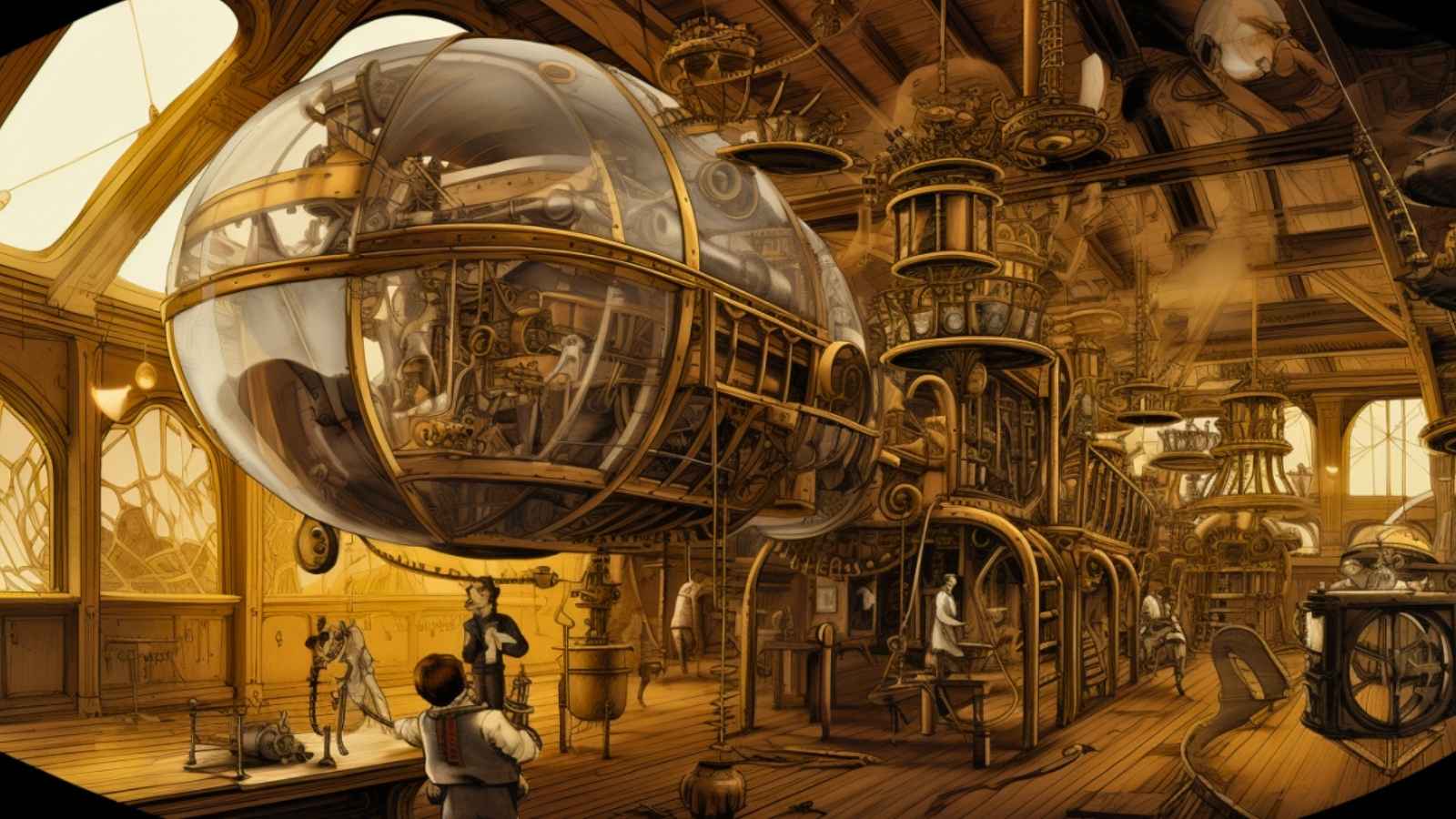
"From Earth to the Moon" presents a fascinating narrative that immerses us in the audacious adventures of the Baltimore Gun Club, an association of artillerists and scientific minds. The club, presided over by Impey Barbicane, undertakes the ambitious decision to construct a colossal cannon capable of launching a projectile to the Moon. This project attracts attention not only throughout the United States but across the entire globe, generating unprecedented enthusiasm.
The novel follows the trajectory of three pivotal figures in this mission: Impey Barbicane, the intellectual architect behind this revolutionary concept; Captain Nicholl, a renowned artillery specialist; and Michel Ardan, an eccentric French adventurer. These three individuals embark upon an adventure that will transport them beyond Earth's atmospheric boundaries, into the cosmic realm where dreams and scientific reality converge.
The Heroes of the Gun Club: A Triumvirate of Human Ambition
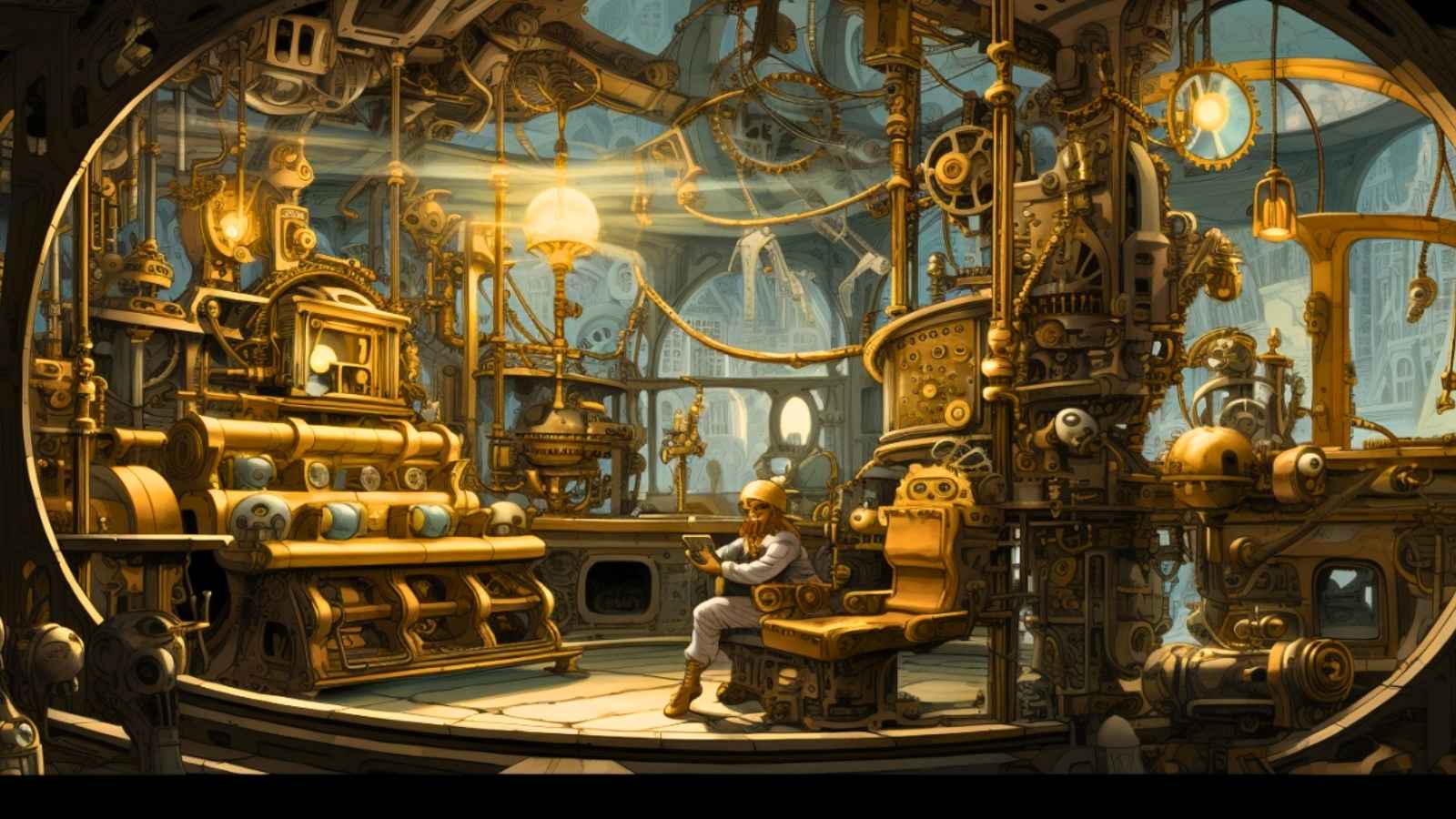
The novel "From Earth to the Moon" centers around three principal characters, each contributing their unique dynamic and perspective to the narrative architecture. These protagonists serve as the story's driving mechanism, embodying different facets of human ambition and the thirst for discovery.
Impey Barbicane: The Scientific Visionary
Impey Barbicane serves as president of the Baltimore Gun Club and initiator of the audacious lunar projectile project. He represents the quintessential man of science—rigorous, methodical, and embodying the spirit of innovation and progress. His narrative function encompasses that of organizer and leader, the individual who transforms a seemingly impossible idea into a feasible endeavor. He constitutes the intellectual machinery behind the entire operation, his seriousness providing counterpoint to the more eccentric personalities surrounding him.
Captain Nicholl: The Pragmatic Skeptic
Captain Nicholl emerges as Impey Barbicane's rival within the Baltimore Gun Club. A renowned artillery expert, he maintains a more skeptical stance regarding the project's potential success. Nicholl introduces elements of conflict and intellectual challenge to the narrative. His skepticism and doubts serve as counterpoint to Barbicane's almost naive optimism, adding layers of complexity to the plot's philosophical architecture.
Michel Ardan: The Romantic Catalyst
Michel Ardan represents the story's most eccentric element. This French adventurer infuses humor and levity into an otherwise profoundly serious mission. His enthusiasm and audacity prove contagious, embodying the spirit of adventure and discovery. Ardan functions as the novel's emotional heart, reminding readers and fellow characters that beyond science and technology, it is human courage and ingenuity that renders all possibilities achievable.
Thematic Explorations: The Philosophy of Scientific Adventure
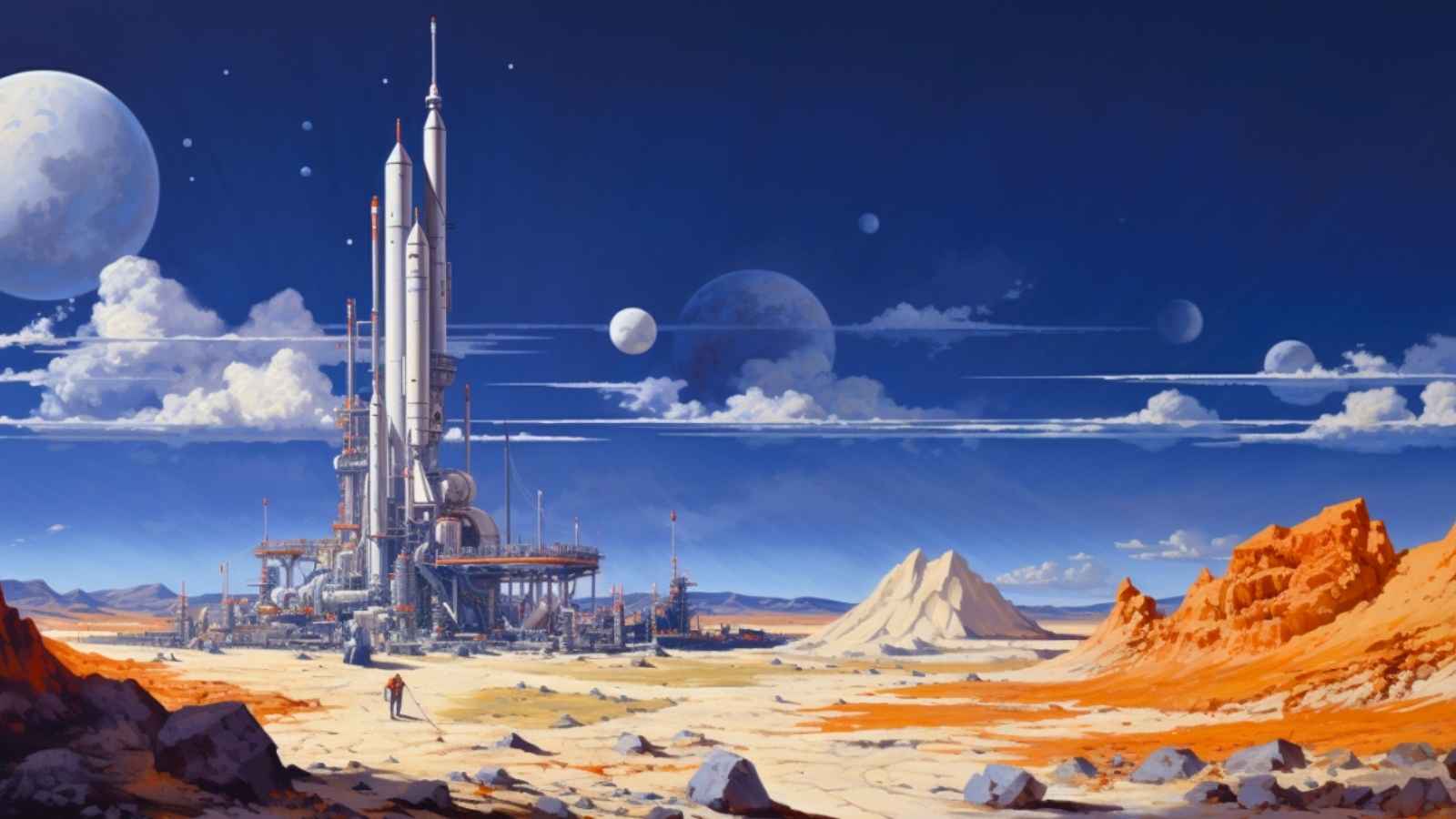
"From Earth to the Moon" transcends simple space adventure narrative; it constitutes a rich tapestry of themes and philosophical inquiries that continue resonating in contemporary discourse. Here we examine several major themes that Verne explores within this captivating literary apparatus.
Human Ambition: The Engine of Progress
One of the novel's central themes involves human ambition, embodied through the characters of Impey Barbicane and Michel Ardan. Their desire to transcend conventional limitations and explore new worlds forms the narrative's philosophical core. This theme compels us to examine what motivates humanity to embrace risk and persistently seek to surpass existing boundaries.
Scientific Progress: The Double-Edged Instrument
The novel is thoroughly permeated with the spirit of the Industrial Revolution and scientific advancement. It addresses questions of physics, astronomy, and engineering while emphasizing the importance of scientific methodology. This theme proves particularly relevant in our contemporary era, where science and technology play increasingly significant roles in daily existence.
The Boundaries of Imagination: Where Dreams Meet Reality
Verne employs science fiction as a vehicle for exploring the limits of human imagination. He demonstrates that even the most seemingly outlandish ideas can achieve reality when supported by scientific rigor and human ingenuity. This theme serves as an invitation to dream ambitiously and envision worlds of infinite possibility.
Ethical Considerations and Cosmic Colonization
The novel also raises fascinating ethical questions, particularly concerning the colonization of new worlds. It compels us to reflect upon the moral implications of human expansion into the universe. Should we colonize other planets simply because we possess the capability? What responsibilities accompany such monumental undertakings?
Influence on Science Fiction: The Genesis of a Genre
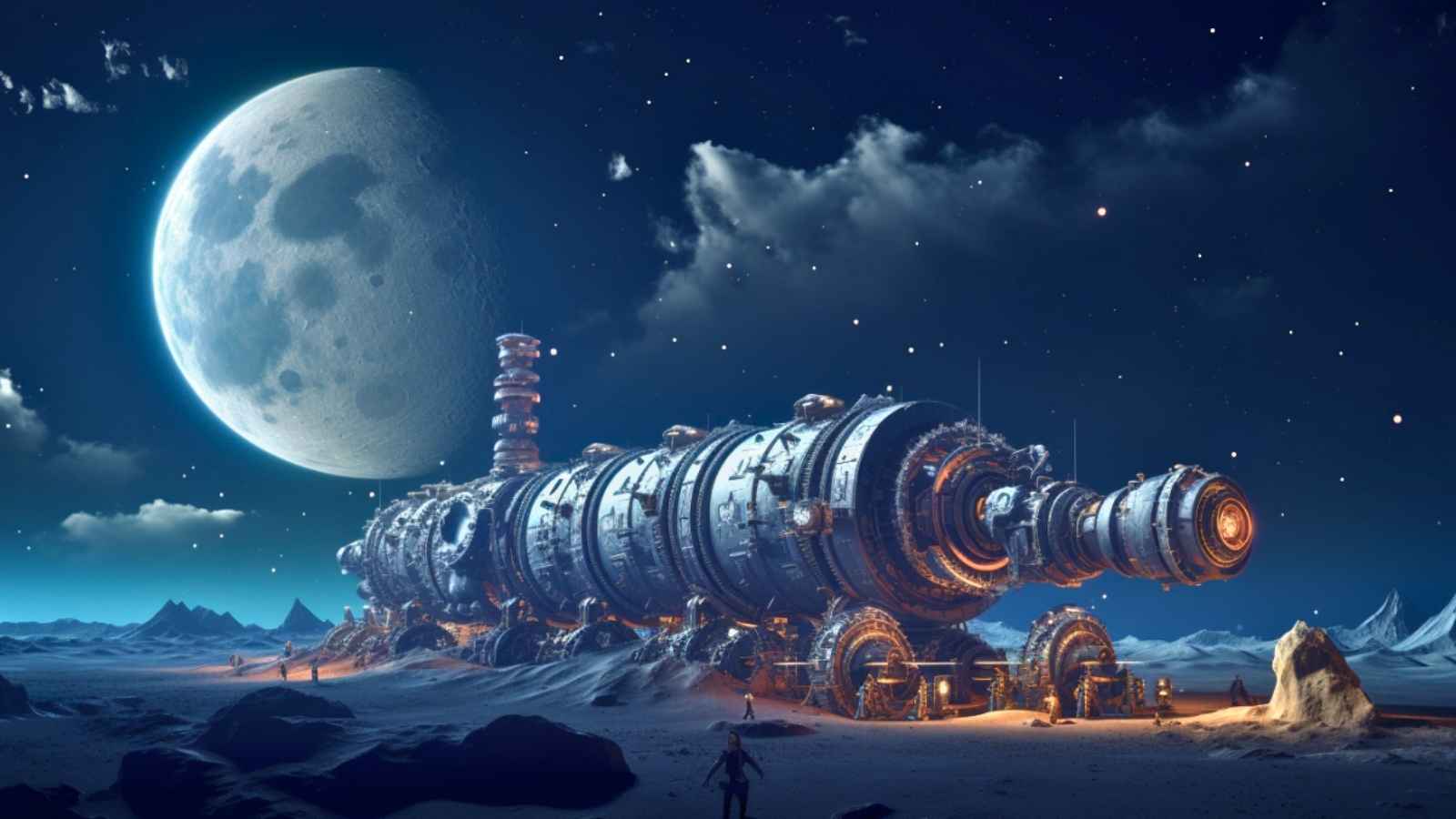
Jules Verne's "From Earth to the Moon" functions not merely as a fascinating literary work; it has exerted profound influence upon the science fiction genre and our conceptualization of space travel. Its impact extends far beyond the novel's pages, continuing to reverberate throughout various domains of popular culture and scientific thought.
Literary Inspiration: The Genealogy of Scientific Romance
Jules Verne is frequently regarded as one of science fiction's founding fathers. His innovative narrative approach, seamlessly blending scientific accuracy with adventure and imagination, inspired countless authors to explore similar themes. Works such as George Orwell's "1984" or Frank Herbert's "Dune" owe considerable debt to Verne's visionary methodology.
Cinematic Influence: From Literature to Moving Pictures
One of the most notable examples of the novel's influence appears in George Méliès' film "A Trip to the Moon" (1902). This silent black-and-white masterpiece represents a loose adaptation of Verne's work and is considered one of cinema's first science fiction films. It not only marked film history but opened pathways for decades of space exploration and interstellar adventure cinema.
Impact on Space Travel Perception: Dreams Made Manifest
The novel also played a crucial role in shaping public perception of space travel. During an era when the concept of cosmic voyages existed purely within fantasy's realm, "From Earth to the Moon" helped plant the seeds of what might become possible, thereby influencing generations of scientists and engineers.
A Precursor to Modern Works: The Continuing Legacy
Today, the themes and ideas introduced by Jules Verne continue being explored in numerous modern science fiction works, whether in literature, cinema, or video games. The novel remains an indispensable reference point for anyone interested in science fiction or space exploration.
Cinematic and Theatrical Adaptations: Transmedia Evolution
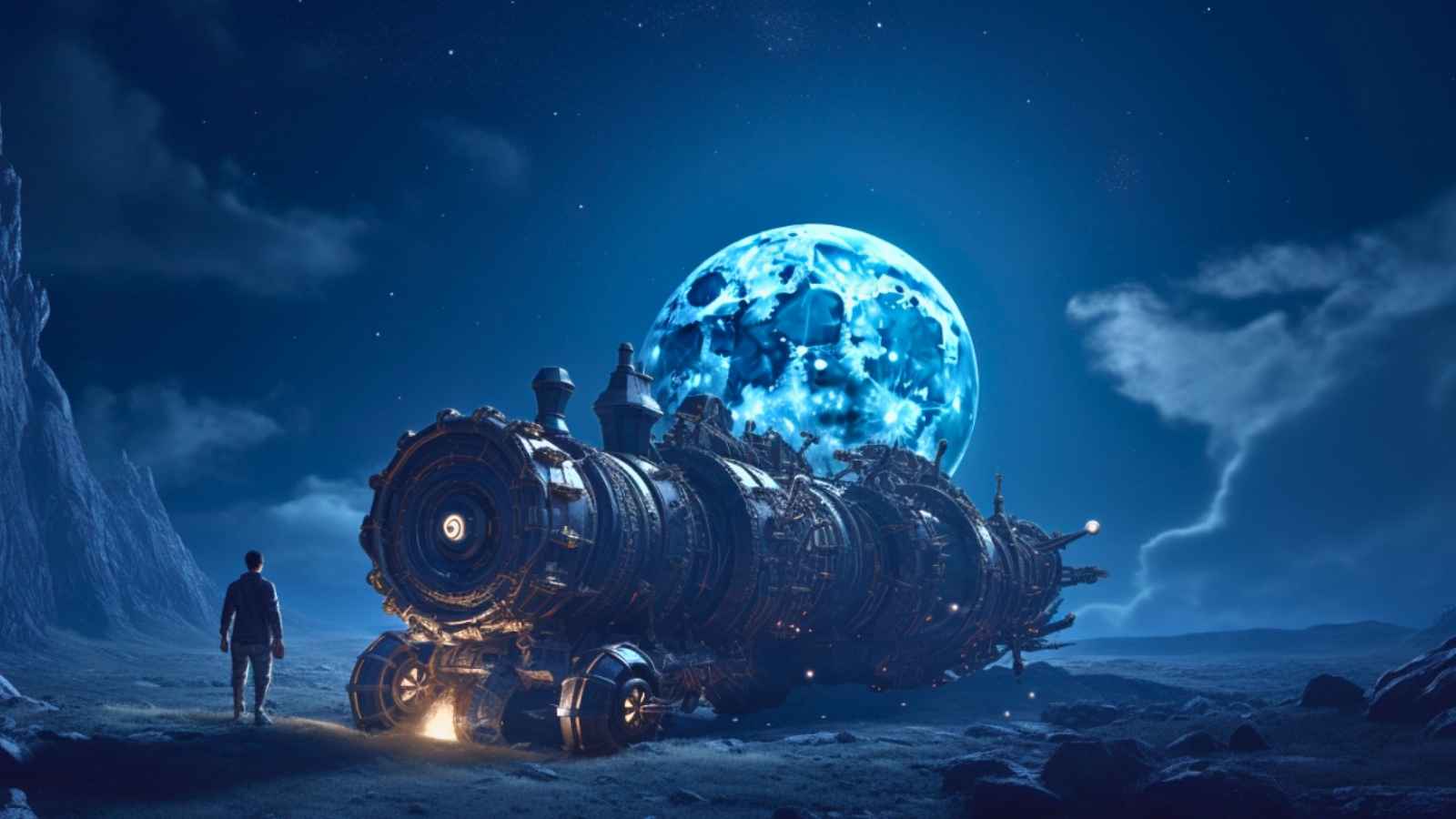
The success and impact of Jules Verne's "From Earth to the Moon" extend far beyond literary boundaries. The work has found expression across multiple media platforms, testifying to its timeless appeal and remarkable adaptability. Here we examine several notable adaptations that have helped perpetuate this fascinating novel's enduring legacy.
The 1958 Film: Classical Hollywood Interpretation
One of the most celebrated cinematic adaptations remains the 1958 film "From Earth to the Moon." Directed by Byron Haskin, this color production successfully captured the novel's essence while adding its own distinctive interpretation. Although the era's special effects cannot rival contemporary technologies, the film remains an important work that left lasting impressions on audiences.
The 1998 Miniseries: Modern Television Reimagining
More recently, the novel was adapted into a television miniseries in 1998. This version successfully modernized the story and characters while remaining faithful to the book's fundamental spirit. It received positive critical reception and helped introduce the work to new generations of viewers.
Around the World in 80 Days: A Steampunk Adventure
Theatrical Adaptations: Live Performance Interpretation
The novel has been adapted for theatrical performance on numerous occasions. These adaptations allow for more intimate and immediate exploration of themes and characters, offering different yet equally enriching experiences for audiences.
Influence on Other Creative Works: Cross-Media Inspiration
It's worth noting that the novel has inspired various other art forms, including operas, ballets, and video games. Each adaptation brings its own interpretation and perspective, thereby enriching the original text's cultural resonance.
Jules Verne's "From Earth to the Moon" transcends the category of simple science fiction novel; it has become a genuine pillar of global culture. From cinema to theater, television series to video games, its influence remains omnipresent. This book has not only marked literary history but has fundamentally shaped our vision of science, adventure, and space exploration.
If you haven't yet had the opportunity to immerse yourself in this captivating narrative, it's never too late to discover this masterpiece and understand why it continues inspiring and amazing generations of readers and creators. So, are you ready for a journey from Earth to the Moon?
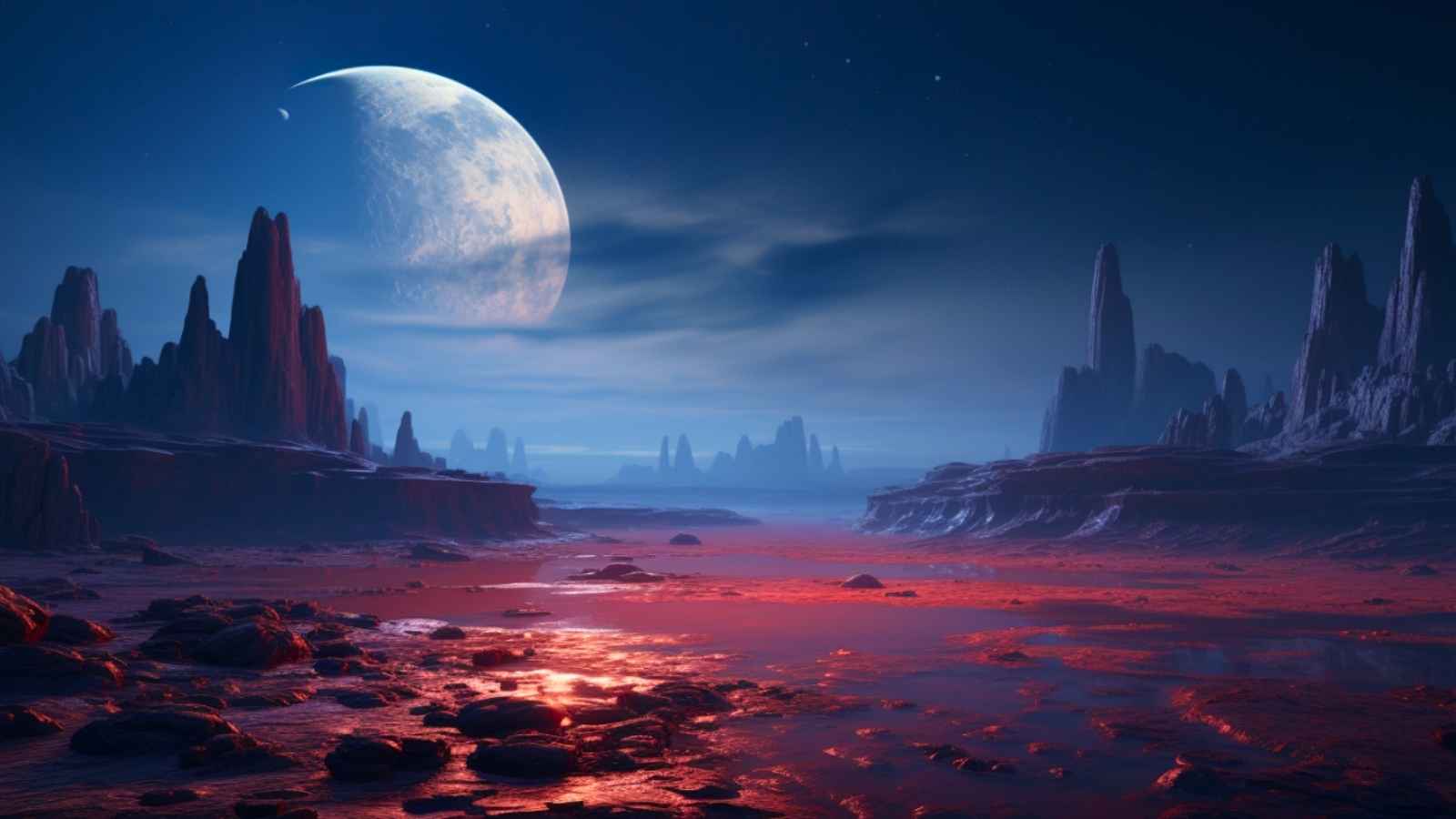
Frequently Asked Questions
What is the significance of "From Earth to the Moon" in science fiction literature?
This novel is considered one of the founding works of the science fiction genre and has inspired numerous authors and creators across various domains of artistic expression.
Are there cinematic adaptations of the novel?
Yes, the novel has been adapted multiple times, notably as a 1958 film and a 1998 television miniseries, each offering unique interpretations of Verne's visionary narrative.
What are the principal themes explored in the book?
The novel explores themes including human ambition, scientific progress, the boundaries of imagination, and ethical questions related to the colonization of new worlds.
Who are the main characters in the novel?
The principal characters include Impey Barbicane, president of the Baltimore Gun Club; Captain Nicholl, his intellectual rival; and Michel Ardan, an eccentric French adventurer who embodies the spirit of romantic exploration.
Is the novel based on scientific facts?
Although the novel was written during an era when space travel existed purely within fiction's realm, Jules Verne made considerable effort to integrate authentic scientific elements into his narrative, which adds to its realism and enduring appeal. His meticulous research and scientific consultation created a foundation of plausibility that distinguishes his work from mere fantasy.
The Mysterious Island by Jules Verne: A Journey into the Unknown










